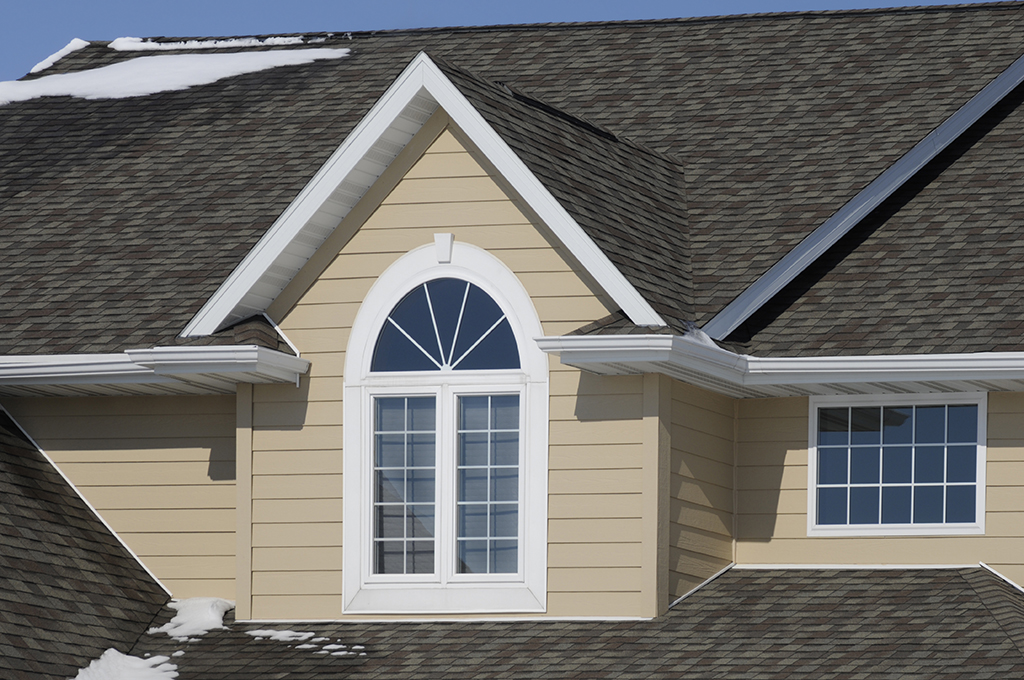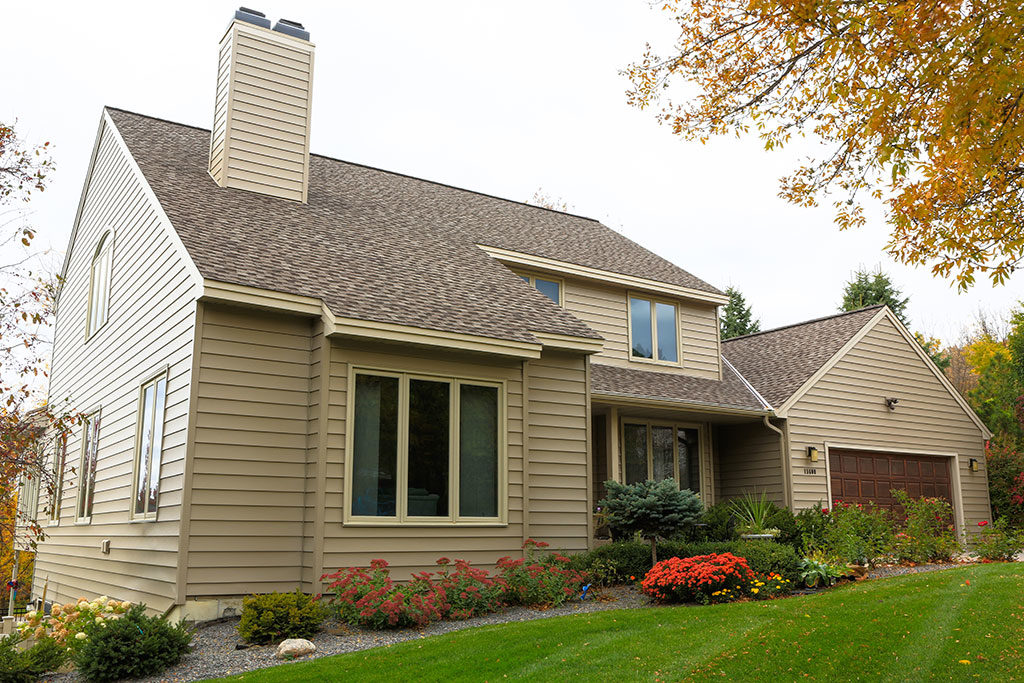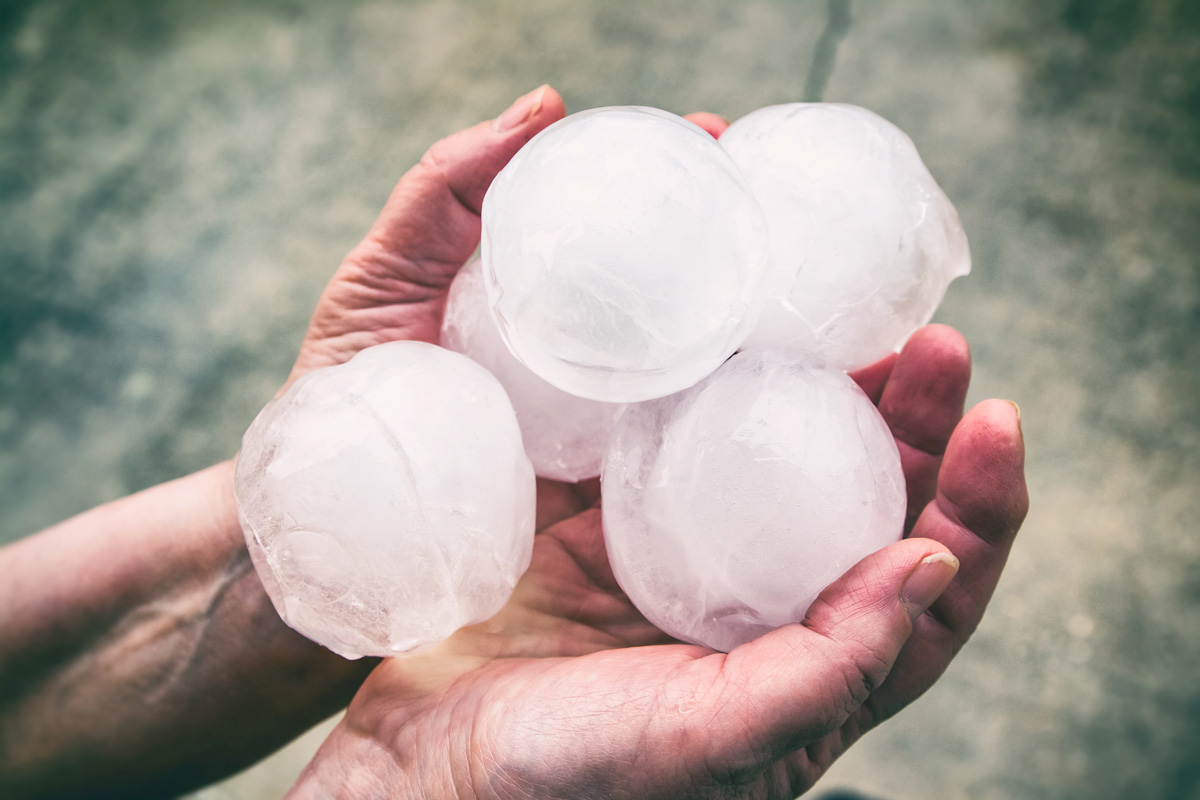2 Popular Roofing Options for a Cold Climate

The roof of your home has protected you through another winter, but its job is continuous and always requires its best effort. Maybe you have noticed some aging, leaking, or other damage and are considering a replacement. Shingles and metal are two of the most common materials used to cover homes today. Learn more as we examine these suitable roofing options for a cold climate like Minnesota.
Asphalt Shingles
Asphalt shingles are made up of a combination of fiberglass for reinforcement, asphalt to provide water resistance, and stone granules to add color and help reflect heat from the sun. They are one of the most widely used roofing materials in the country. Designed for substantial protection with little upkeep, asphalt shingles are popular for many reasons.
- Durability. Asphalt shingles shield your home from seasonal temperature shifts and all types of weather, including snow and heavy rain.
- Environmentally friendly. They can be recycled and converted into roadway pavement.
- Long lasting. A well-maintained shingled roof can last 20 to 30 years.
- Visually appealing. Shingles are available in a vast assortment of colors and styles, which allows you to enhance the aesthetic look of your home.
- Affordability. In comparison to other materials, shingles are universally less expensive. They are also easier to install, cutting down on time and labor costs.
Metal roofing
While initially more expensive than traditional options, metal roofing proves its worth over time with many advantages.
- Longer lifespan. A metal roof can last from 50 to 100 years with little-to-no maintenance
- Sturdy. This type of roofing is highly resistant to hail, wind damage, and even fire.
- Watertight. Metal roofing protects your home from snow and rain penetration thanks to the way it’s manufactured and assembled. Furthermore, metal roofs are not susceptible to snow or ice buildup, as any frozen precipitation slides right off.
- Year-round installation. Because they don’t require sealing or curing, metal roofs can be installed any time of year, even in cold climates.
- Stylish. With many styles, colors, and types from which to choose, metal roofing is fully customizable to any look.
Whether you choose traditional shingle or opt for metal, either of these roofing options for a cold climate will add value to and protect your home. The Twin Cities home exteriors professionals from Spotless & Seamless are ready to assist with all your roofing and siding needs. Contact us today to schedule a free consultation.




